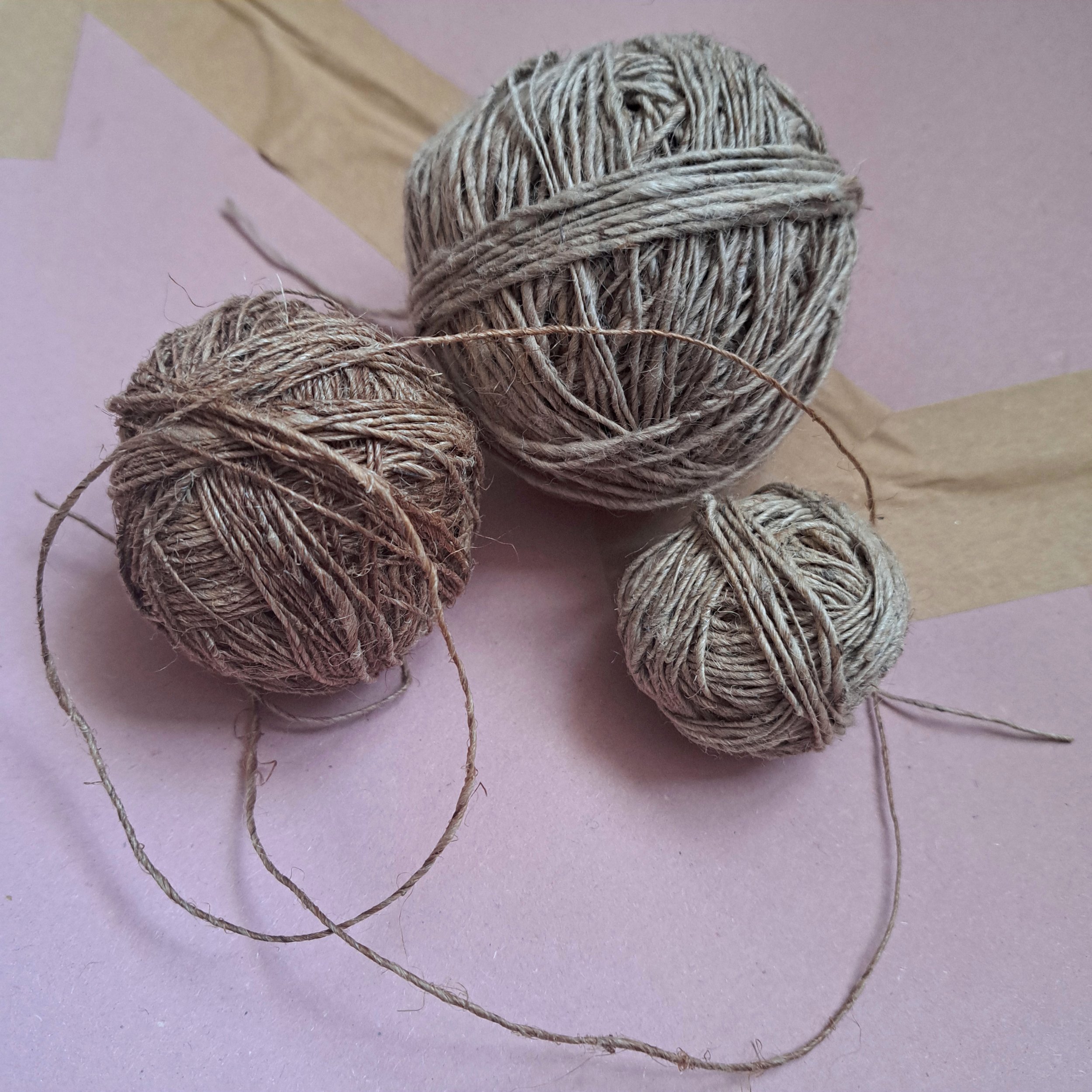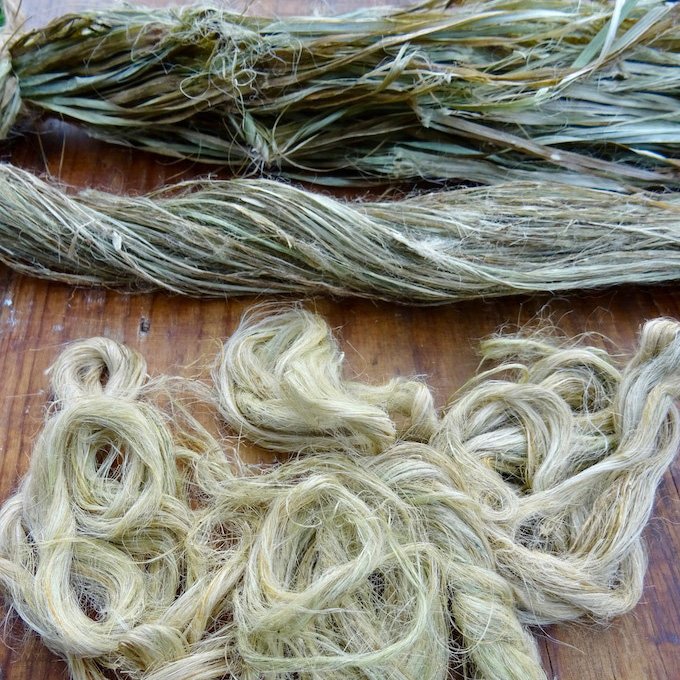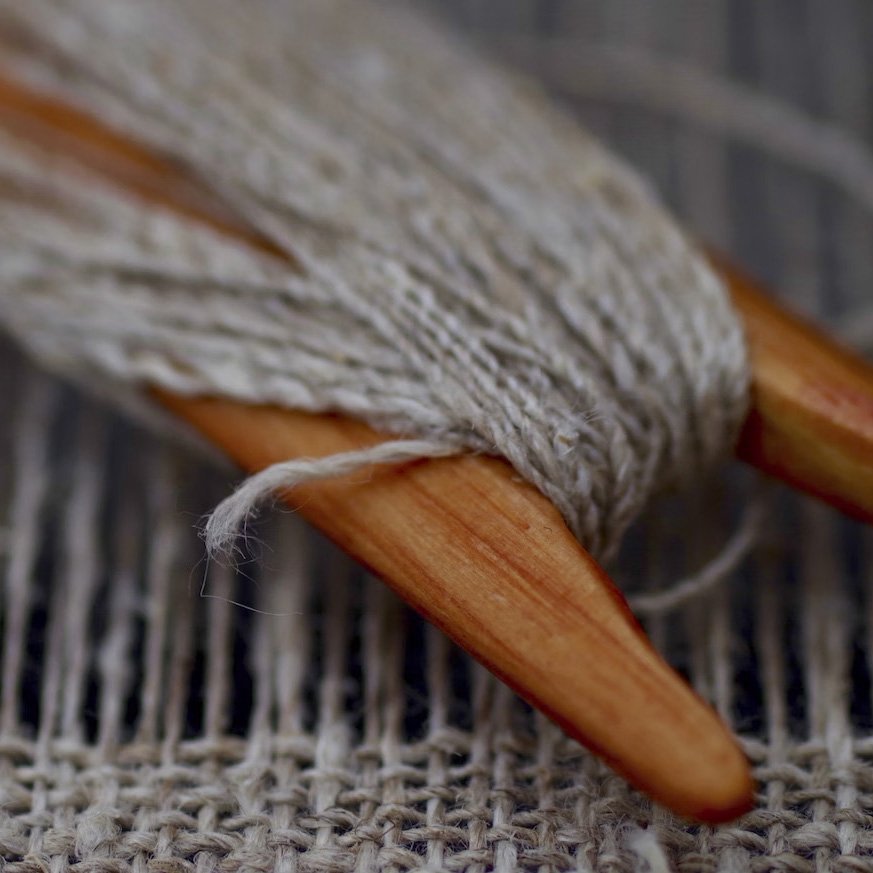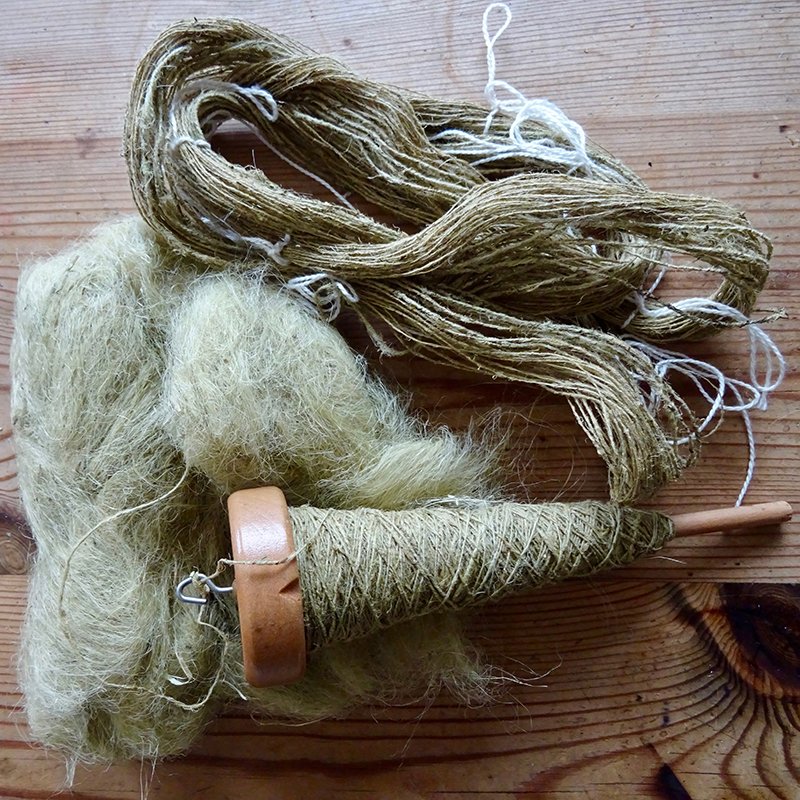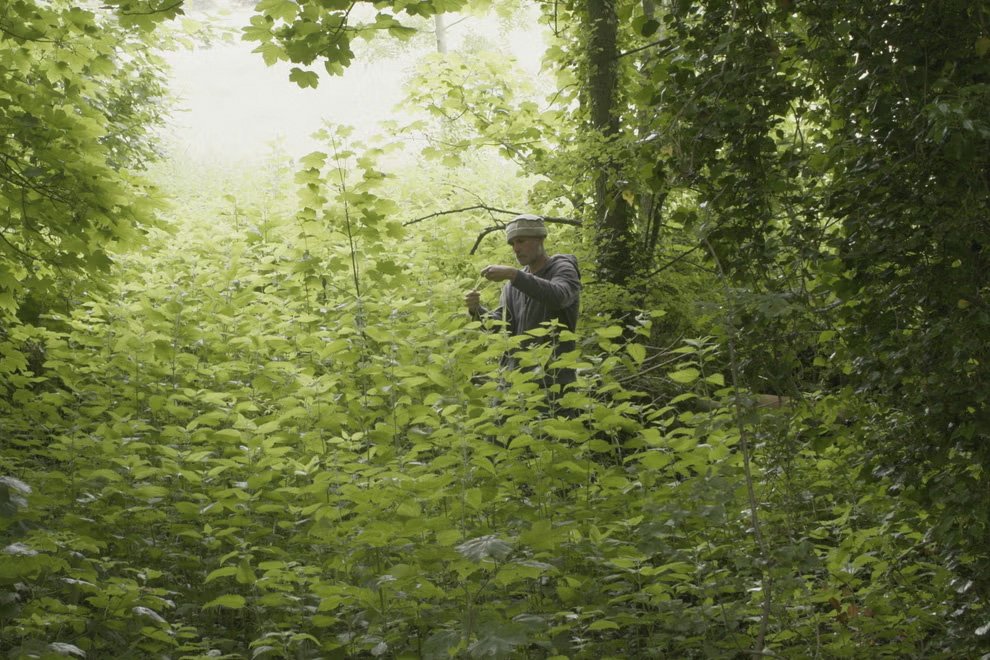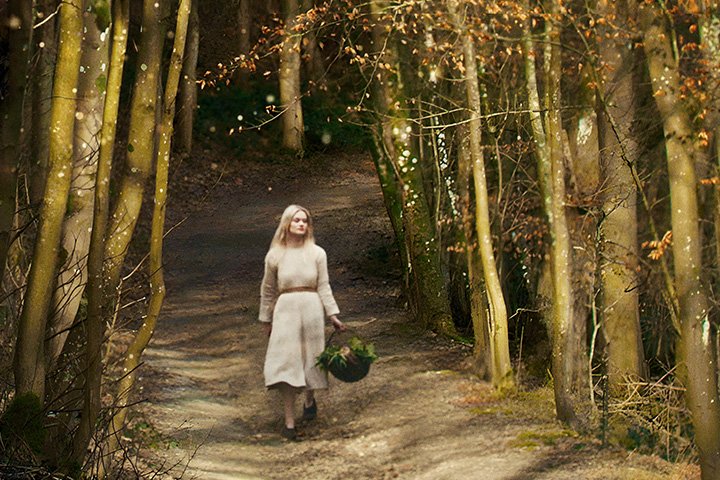Grasping the Nettle
A little while ago, a weaver friend gave me a little ball of hand-spun nettle. It is a beautiful yarn, with a springy lively feel; lovely to work with and perfect for the new hand-woven pieces I’ve been working on - one-off and unrepeatable.
The yarn is made from the fiber of nettle stems. It is created in much the same that flax is spun into linen yarn - the stems are harvested and retted to remove the flesh, and the remaining fiberous strands are then carded and spun into yarn.
The yarn is hand-spun in rural Nepal by local women on drop-spindles. It’s a natural plant fibre, made in a very simple, traditional, pre-industrial method. The hand-spinning results in a yarn with a lovely undulating texture. The thickness, twist and texture varies gently with the natural material and the hands that make it. The undyed palette ranges from pale bleached bone, through silvery greys with the slightest hint of pink, to rich honey and amber colours.
I have used the yarn as an extra weft - allowing it to float across the surface of the cloth. It is anchored into the structure of fabric with a fine extra-warp at intervals, but for most of its length it lies on top of the cloth. The nettle yarn has quite a high-twist - like a coiled spring, it holds potential energy within its twist. Letting it float over the cloth allows the yarn to hold this quality. Once woven and cut off the loom the pieces are then washed - a process which allows the yarn to relax and move. Immediately it twists and turns, forming little curling spirals and eddies - bringing the pieces alive.
* * * * * *
By a happy piece of coincidence, I have recently come across the wonderful film ‘The Nettle Dress’ - a superb example of slow film-making. Created by friends - weaver and spinner Alan Brown and film-maker Dylan Howitt - over the course of seven years, the film follows the process of harvesting, spinning and weaving nettles into a dress.
Images above by Dylan Howitt
In the background of the film is a profound story of loss, love, grief and healing; whilst in the foreground is the repeated rhythms of harvesting, stripping, retting, carding, spinning and weaving… repeated endlessly. The film gently raised questions about time, value and purpose, but is never dogmatic or tub-thumping. At its core it is about hands and hearts, and the transformation of unloved weeds into priceless cloth.
Images above by Dylan Howitt


